While we have so far covered Digital Signage in our blog posts mainly for its benefits in sales and marketing, it is important to understand that its use is not limited to increasing sales.
Who are Deskless Workers?
Küresel işgücünün %80’ini oluşturan masasız çalışanlar, masaya bağlı olmayan ve işleri geleneksel ofis ortamına dayanmayan çalışanlardır. Genellikle sağlık, perakende, imalat, inşaat, ulaşım, telekomünikasyon ve diğerleri gibi sektörlerde yer alırlar. İnşaat işçileri, garsonlar, perakende personeli, saha servis teknisyenleri masasız çalışanlara örnektir.
Digital Signage can be crucial in creating effective communication for employees who do not work in office environments. Let's take a look at what challenges they may face and how Digital Signage can address them.
1. Lack of Online Communication Resources
One of the main reasons for this is that, in general, deskless workers do not have access to computers or the internet at work, making it difficult to receive and respond to electronic communications. This is a disadvantage, especially for work environments that depend on time-sensitive information such as security announcements or real-time updates.
2. Less Direct Contact with Employers
Çevrimiçi iletişim eksikliği, doğrudan temasın azalması nedeniyle işveren ile çalışanlar arasında iletişim eksikliğine de yol açabilir. Araştırmalar, kendini bağlı hissetmeyen çalışanların, daha bağlı meslektaşlarına göre %202’ye kadar daha az üretken olduklarını gösteriyor. Memnun olmayan çalışanların rollerinde kalma eğilimleri daha azdır ve bu da potansiyel olarak yüksek işten ayrılma oranlarına yol açar. Dijital ekranların kullanımı yoluyla çalışma ortamına katılımın artırılması, amirleri veya üstleri tarafından görüldüklerini ve duyulduklarını hissettikleri için çalışanların moraline fayda sağlar.
Effective Use of Digital Signage and the Importance of Language
In addition to introducing digital screens to these workspaces, the content of the message to be displayed on these screens is also very important in order to benefit from their advantages.
In a busy work environment, clear, consistent content that employees can perceive quickly and easily is the most important point that will increase communication and interaction. Ambiguous or constantly changing messages can cause confusion and information fatigue.
The use of unifying language such as "we" or "us" to create a sense of community and to compensate for the lack of a sense of belonging to the company, which is another problem caused by lack of communication, is also very effective in increasing employee morale.
Digital Signage also allows for personalization, such as celebrating an employee's birthday, a work anniversary or a morale-boosting achievement.
As a result, with the right Digital Signage technology and strategy that can be applied to any workspace, the communication challenges that non-desk-based employees have to face on a daily basis can be greatly improved.




